How to Access the BIOS on Different Motherboard Manufacturers?
What Key Do I Press to Access the BIOS on My Computer
To access the BIOS on a computer, you will need to use a specific key or combination of keys. The key or keys that you will need to use to access the BIOS on your computer depends on the motherboard manufacturer and the model of your computer. Here are the key combinations for some common motherboard manufacturers:

Keys to access BIOS for different manufacturers
- ASRock: F2 or DEL
- ASUS: F2 for all PCs, F2 or DEL for Motherboards.
- Acer: F2 or DEL
- Dell: F2 or F12
- ECS: DEL
- Gigabyte / Aorus: F2 or DEL
- HP: Esc, F1, F10
- Lenovo (Consumer Laptops): F2 or Fn + F2
- Lenovo (Desktops): F1
- Lenovo (ThinkPads): Enter then F
- MSI: DEL for motherboards and PCs.
- Microsoft Surface Tablets: Press and hold volume up button.
- Origin PC: F2
- Samsung: F2
- Toshiba: F2
- Zotac: DEL
Keep in mind that these are just some common examples, and the key or combination of keys that you will need to use to access the BIOS on your computer may be different. If you are having trouble accessing the BIOS on your computer, you may want to consult your motherboard or computer documentation, or search online for more information.
Note: It is important to be careful when making changes to the BIOS, as incorrect settings can cause your computer to become unstable or even prevent it from booting properly. If you are not familiar with the BIOS or are unsure of what changes to make, it is recommended that you do not make any changes and seek assistance from a qualified technician.
1. Using a BIOS key.
Getting into a computer’s BIOS You will need to restart your computer and hit a particular key or key combination at the beginning of the boot process. If you carefully follow the procedures, it is fairly simple.
To access the BIOS on a motherboard, follow these steps:
- Restart your computer.
- As the computer starts to boot, watch for a message that indicates which key or key combination you need to press to enter the BIOS. This message is usually displayed briefly on the screen, so you will need to pay attention.

message that indicates which key or key combination you need to press to enter the BIOS - Press the key or key combination that is indicated on the screen to enter the BIOS.
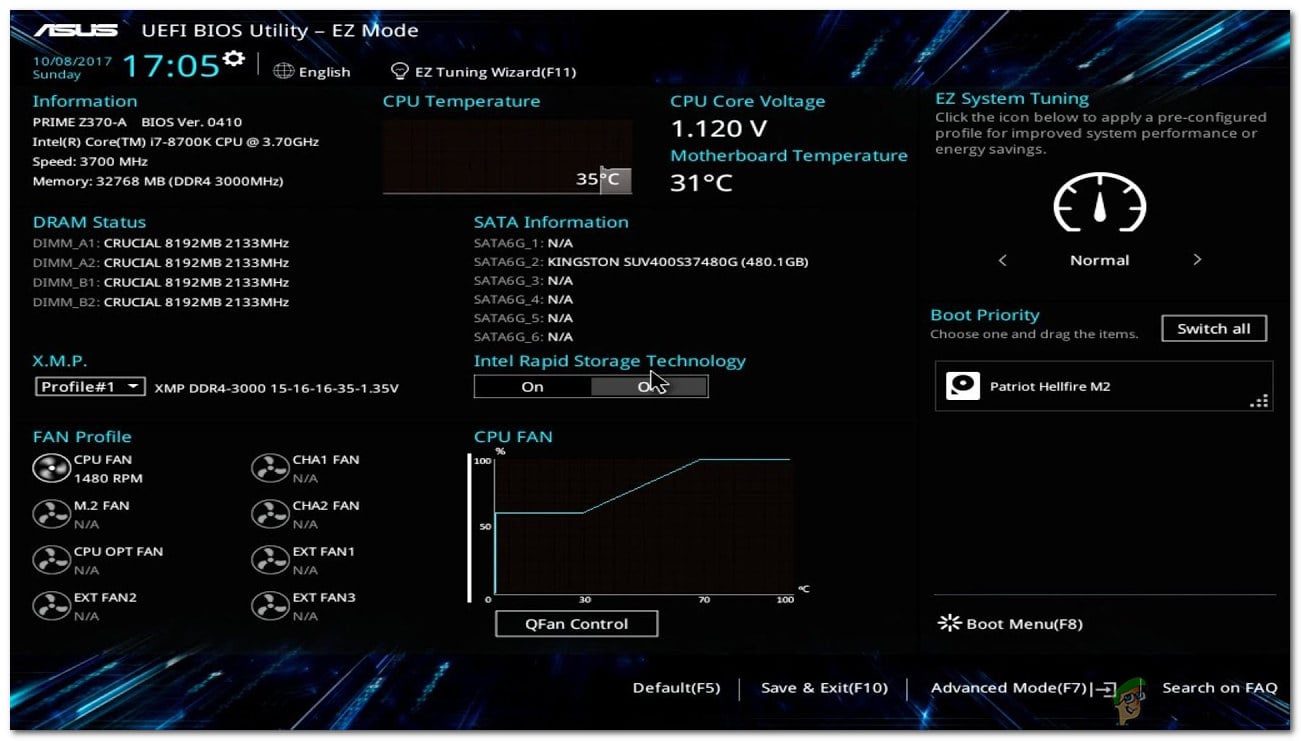
BIOS menu for asus Motherboards - Use the arrow keys or the tab key to navigate through the BIOS menus.
- Make any changes that you want to make to the BIOS settings.
- Save your changes and exit the BIOS.
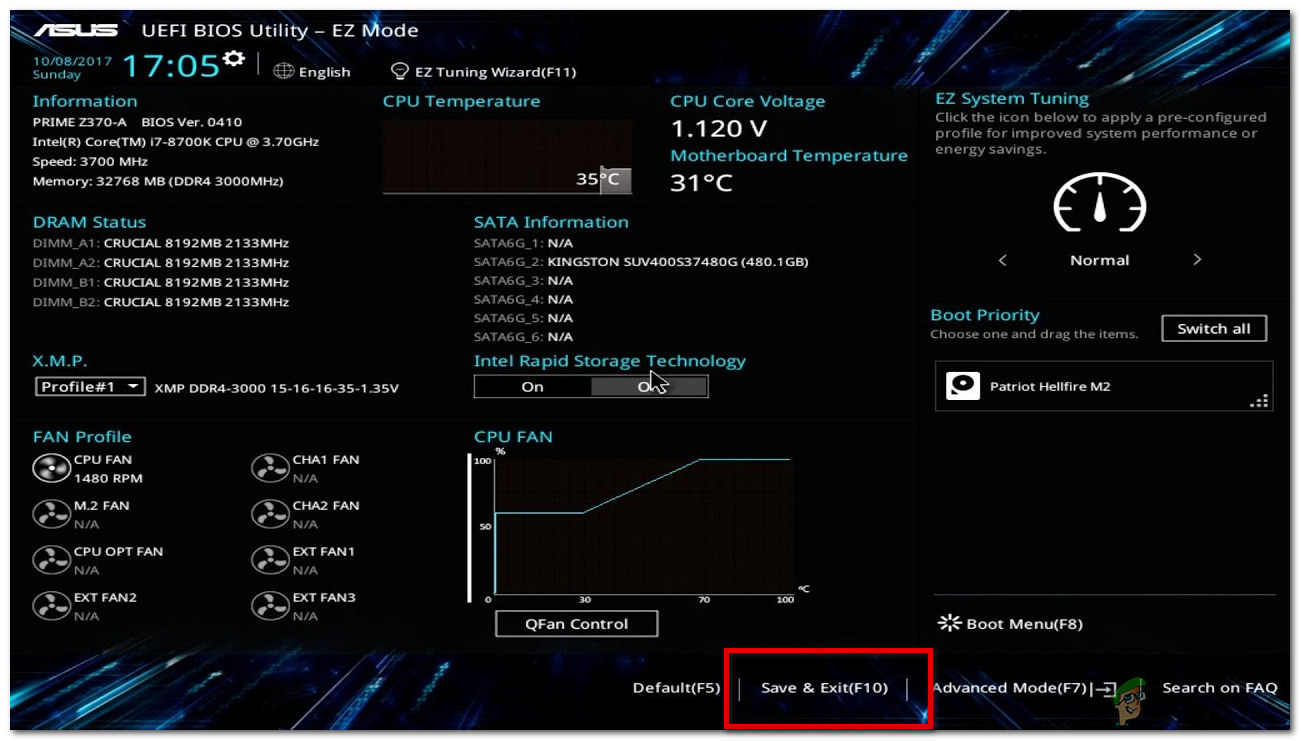
save and exit
2. Using Advance Startup Menu(for UEFI-based systems).
This method will only work for you if you have a UEFI-based system, to check if your system is UEFI-based follow these steps:
- Press the windows key on your keyboard or the windows icon on your desktop and type in ”run”.
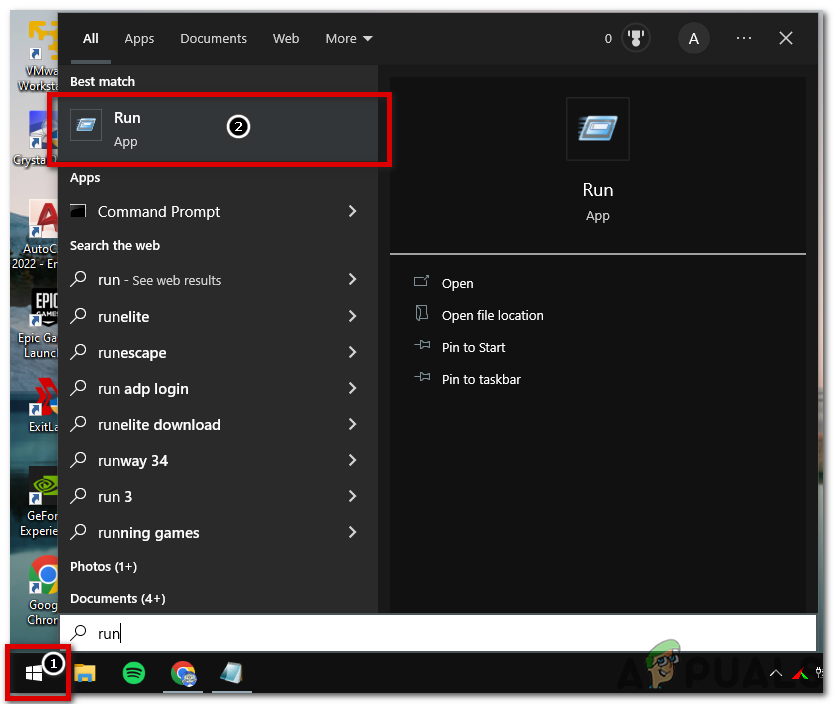
- Open ”run” and type in ”msinfo32” and click ”ok”.

- In the System Summary section, look at the BIOS mode value in the right pane. It can have the value ”Legacy” or ”UEFI“. The legacy mode means that your hardware does not support UEFI, or that it’s disabled for some compatibility reasons.
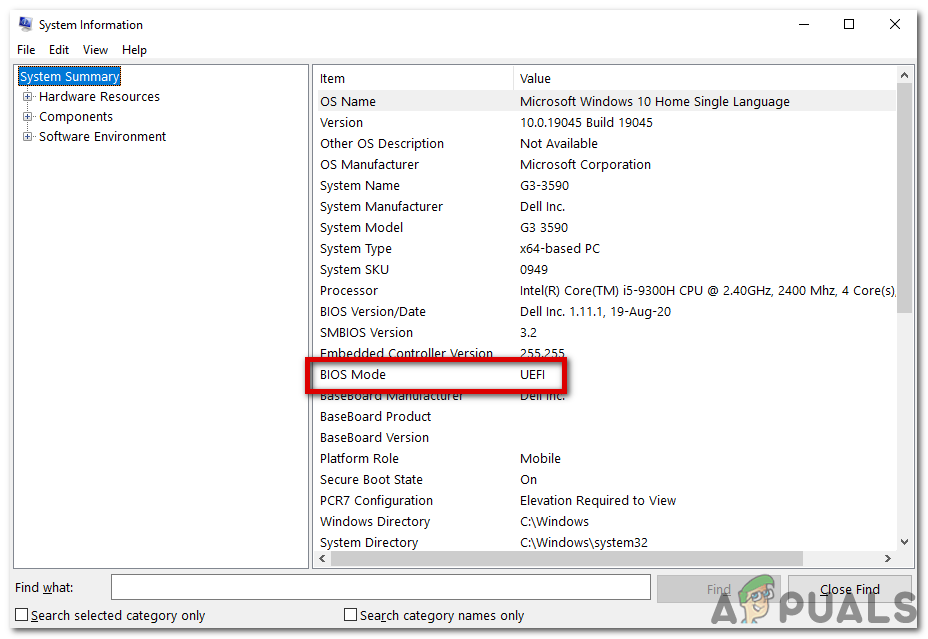
You can use this method to access the motherboard’s BIOS if it is UEFI-based, follow these steps:
- Press the Windows key + I to open the Settings app.

system settings - Click on “Update & Security“.
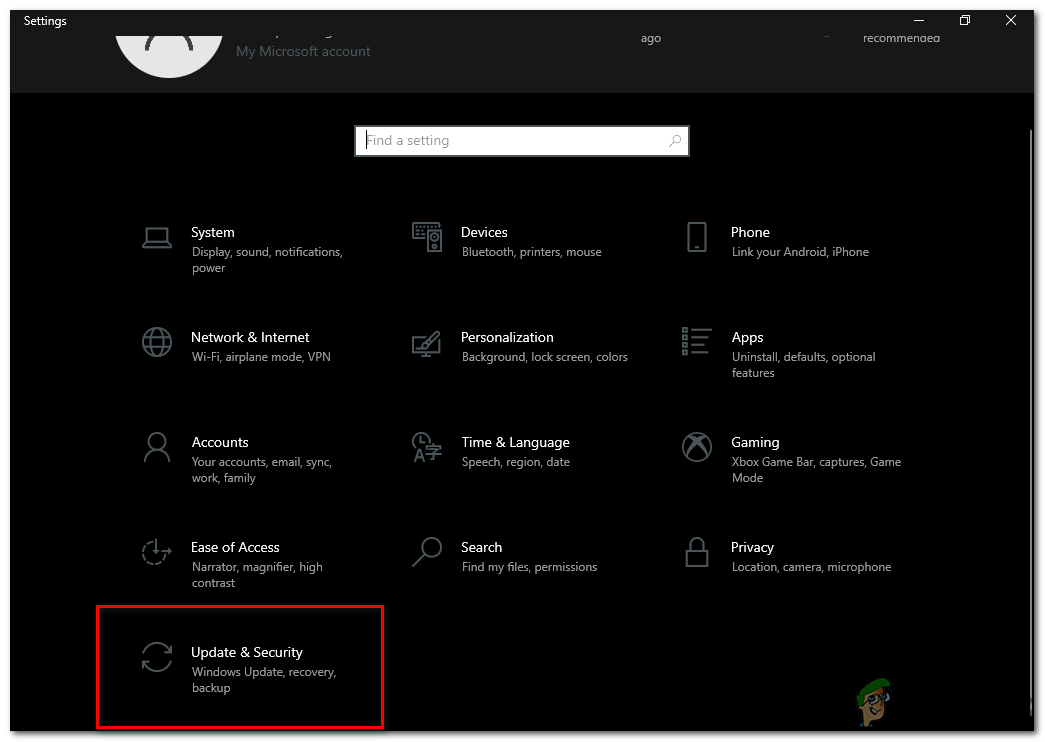
Update & Security - Click on “Recovery” in the left panel.

“Recovery” in the left panel of Update & Security - Under “Advanced startup“, click on the “Restart now” button.
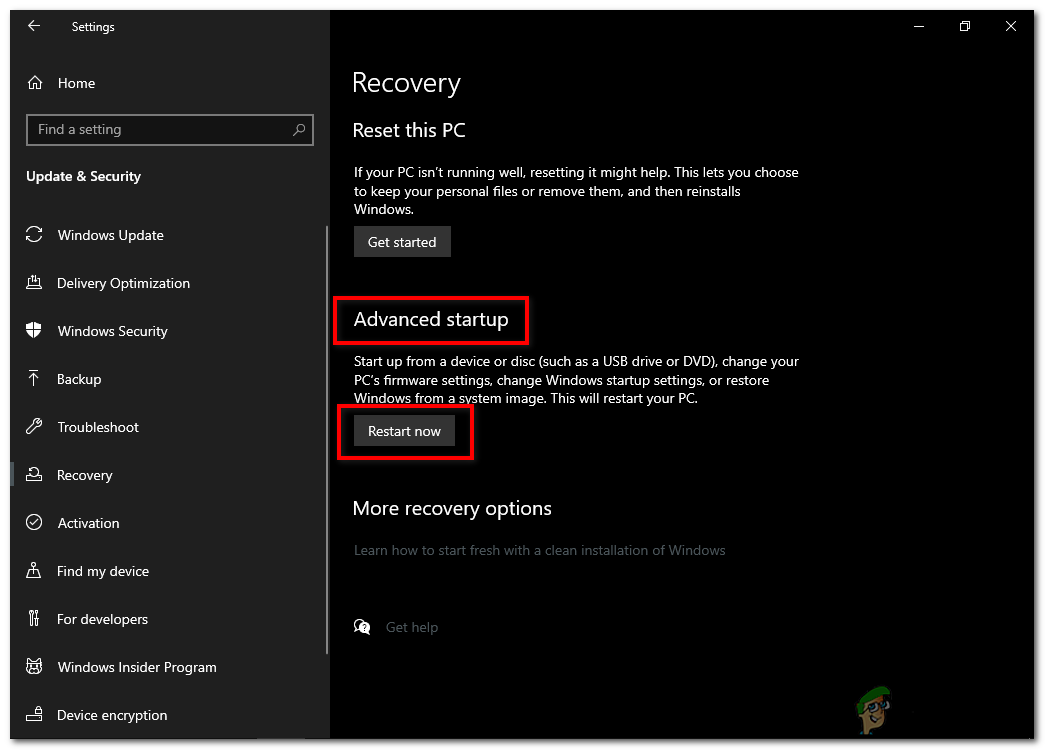
advance startup restart button - The computer will restart and present you with a menu with several options. Click on “Troubleshoot“.

Click on “Troubleshoot” - Click on “Advanced options“.

Click on “Advanced options” - Click on “UEFI Firmware Settings“.

Click on “UEFI Firmware Settings” - Click on the “Restart” button.

Click on the “Restart” button - The computer will restart and enter the BIOS setup utility.
Hopefully, this guide has helped you access the motherboard BIOS.





